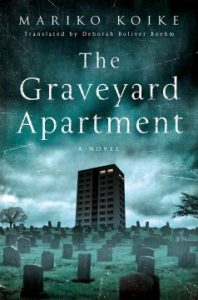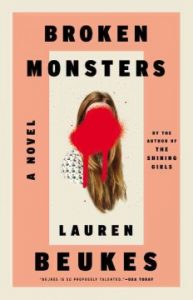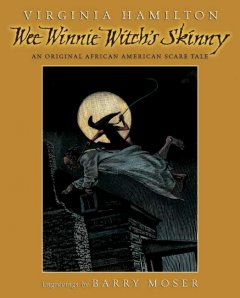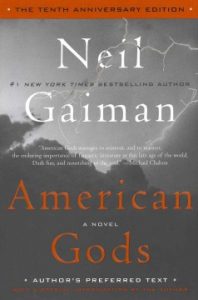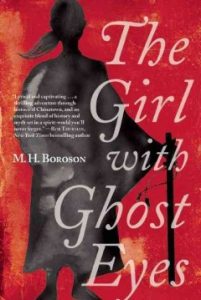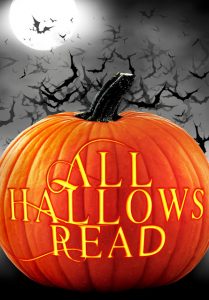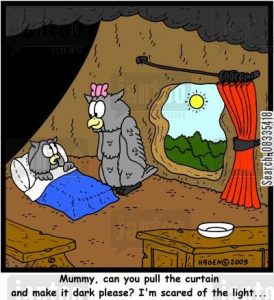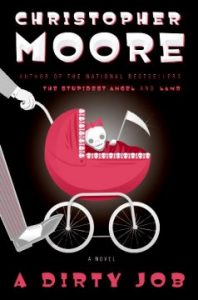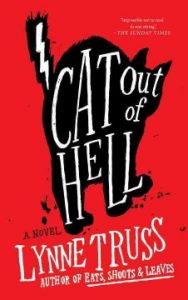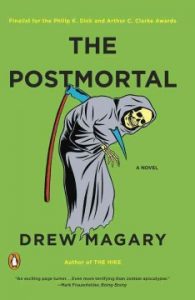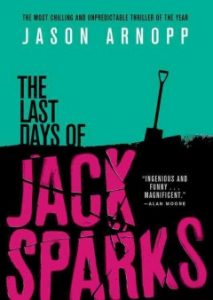It’s summertime, which means I’ve been indulging my love of horror novels, dear readers. And I’ve found myself feeling a bit nostalgic…
…How many of you remember The Blair Witch Project?
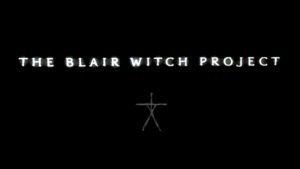
Though it wasn’t the first “found footage” horror film–‘found footage’ being a sort of sub-genre where the film is presented as amateur video discovered after an event–The Blair Witch Project came along at precisely the right time, harnessing the power of the new technology that was the Internet to whip everyone into something of a tizzy. Debates sprung up everywhere as to whether the events depicted in the film actually happened, what truly happened to the three young film-makers seen in the footage, and just what the Blair Witch really was. I remember three people in Blockbuster video (yes, Blockbuster Video) arguing together about whether the film was a ‘hoax’, and if so, what it meant for the horror genre as a whole that this film had so blurred the line between fiction and reality.
Because that’s what ‘found-footage’ does so well, and why it’s such a fascinating genre. Found-footage creates a reality in a way that few other movies do. It’s power comes from its incompleteness. Real life usually doesn’t play out with a well-plotted beginning, middle, and end. It’s messy. There are plotlines that go nowhere. And, in the end, we don’t get the answers to all our questions.
Horror as a genre allows us to deal with the unpleasant, the scary, and the overwhelming aspects of life in a safe way. Found footage helps us deal with a reality where something are just un-knowable. And for creatures whose brains are programmed to think in narrative form, that in itself is pretty terrifying.
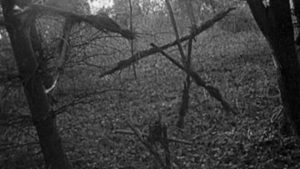 Anyways, looking back on The Blair Witch Project today (not the sequel, for which I had such high hopes)…it’s a bit campy. The plot doesn’t really hold up (they argue for 10 minutes out of an 80-minute movie about a map). The steady-cam makes everyone a wee bit nauseous. But what is does beautifully is harness our inherent terror of not knowing. And even though ‘found footage’ is a tough genre to do successfully, especially with today’s passion for special effects and IMAX panoramas and computer generation, I don’t think that fear of not knowing has dimmed at all. If anything, it’s probably gotten even stronger now that we have so many resources to look up anything we want, to know all we want…to dispel those shadows lurking in the corner…
Anyways, looking back on The Blair Witch Project today (not the sequel, for which I had such high hopes)…it’s a bit campy. The plot doesn’t really hold up (they argue for 10 minutes out of an 80-minute movie about a map). The steady-cam makes everyone a wee bit nauseous. But what is does beautifully is harness our inherent terror of not knowing. And even though ‘found footage’ is a tough genre to do successfully, especially with today’s passion for special effects and IMAX panoramas and computer generation, I don’t think that fear of not knowing has dimmed at all. If anything, it’s probably gotten even stronger now that we have so many resources to look up anything we want, to know all we want…to dispel those shadows lurking in the corner…
But when that ability is taken away, when sentences end with ellipses or a comma, and not a period, when the camera is dropped and there is no resolution–it triggers something in our cave-brain that thinks in narrative to flip out and start climbing the walls.
And for those of you looking for a “found footage” fix in a book–there are any number of options from which you can choose. Dracula and Frankenstein, the very foundations of the horror genre, are themselves ‘found footage’ of a sort, in that they are collections of media produced by the characters. So let’s take a look as see how this genre has expanded and evolved–just don’t look too closely at those shadows in the corner……
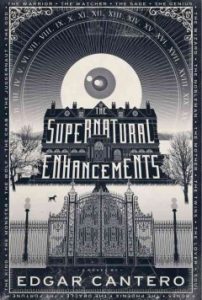 The Supernatural Enhancements: We’ve covered this book here a few times before, but that’s because it’s so flipping good. The plot centers around a twenty-something gentleman named A., who inherits a house in the backwoods of Virginia from an unknown relative who apparently died after jumping out of a window at the precise age that A himself is now. Together with Niamh, a mute young woman who is a force in her own right, A sets out to discover the secrets of the house, and of his mysterious family. The book is a mish-mash of letters written by A to his aunt, of transcripts of conversations between A and Niamh (who writes instead of speaking), and transcripts of video and audio recordings made inside the house. And codes. So many, many codes. Because A’s family has plenty of secrets, both fascinating and terrible–and while we learn a good deal of them, there is plenty in this book that is left up to the imagination, not the least of which is what precisely lives in the upstairs bathroom?
The Supernatural Enhancements: We’ve covered this book here a few times before, but that’s because it’s so flipping good. The plot centers around a twenty-something gentleman named A., who inherits a house in the backwoods of Virginia from an unknown relative who apparently died after jumping out of a window at the precise age that A himself is now. Together with Niamh, a mute young woman who is a force in her own right, A sets out to discover the secrets of the house, and of his mysterious family. The book is a mish-mash of letters written by A to his aunt, of transcripts of conversations between A and Niamh (who writes instead of speaking), and transcripts of video and audio recordings made inside the house. And codes. So many, many codes. Because A’s family has plenty of secrets, both fascinating and terrible–and while we learn a good deal of them, there is plenty in this book that is left up to the imagination, not the least of which is what precisely lives in the upstairs bathroom?
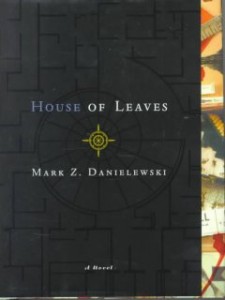 House of Leaves: Another old favorite here, and one that very well might take the found footage tale to a whole new level. Mark Z. Danielewski’s book, ostensibly, is about a family who buys a house that turns out to be bigger on the inside than it is on the outside. And not in a fun, TARDIS-kind of way. This is a house with a mind of its own, and it’s quite easy to get lost forever. But if that wasn’t enough, this is a found story about a found story–and, as such, this book is a chilling maze of footnotes, as the multiple layers of storytellers all work through their own issues with this tale–and reveal just how badly this house has affected them all. This is one of the few books that can make citations scary. Read it on a beach. In the sunlight. Probably, read it outside. It’s just safer that way.
House of Leaves: Another old favorite here, and one that very well might take the found footage tale to a whole new level. Mark Z. Danielewski’s book, ostensibly, is about a family who buys a house that turns out to be bigger on the inside than it is on the outside. And not in a fun, TARDIS-kind of way. This is a house with a mind of its own, and it’s quite easy to get lost forever. But if that wasn’t enough, this is a found story about a found story–and, as such, this book is a chilling maze of footnotes, as the multiple layers of storytellers all work through their own issues with this tale–and reveal just how badly this house has affected them all. This is one of the few books that can make citations scary. Read it on a beach. In the sunlight. Probably, read it outside. It’s just safer that way.
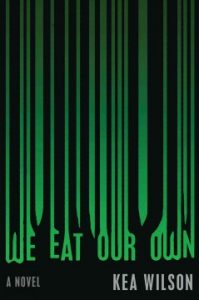 We Eat Our Own: This is a story less comprised of found footage, and more about found footage–specifically, about the first new found-footage horror movie, the Italian Cannibal Holocaust, which was widely believed to be a ‘snuff’ film when it was first released (a subsequent trial revealed that the human actors all survived, though the scenes of animal brutality were indeed real). Kea Wilson’s novel follows a nameless, struggling actor in 1970s New York who gets a call that an enigmatic director wants him for an art film set in the Amazon…not because of his talents, but because he so closely resembles the former star who is unable to complete the film. The conditions on-set are terrible–the atmosphere is so damp that the celluloid film disintegrates, the director himself seems near madness, and there are strange rumors on set about the goings-on in the village around them. This book is less about Cannibal Holocaust itself than it is a book about violence, and what is does to people who cannot escape it. It’s a twisty, twisted, thought-provoking, bizarre story that skips perspectives with dizzying ease, and ends with a scene as ambiguous as The Blair Witch Project itself. Try it, and tell me what you think is going on!
We Eat Our Own: This is a story less comprised of found footage, and more about found footage–specifically, about the first new found-footage horror movie, the Italian Cannibal Holocaust, which was widely believed to be a ‘snuff’ film when it was first released (a subsequent trial revealed that the human actors all survived, though the scenes of animal brutality were indeed real). Kea Wilson’s novel follows a nameless, struggling actor in 1970s New York who gets a call that an enigmatic director wants him for an art film set in the Amazon…not because of his talents, but because he so closely resembles the former star who is unable to complete the film. The conditions on-set are terrible–the atmosphere is so damp that the celluloid film disintegrates, the director himself seems near madness, and there are strange rumors on set about the goings-on in the village around them. This book is less about Cannibal Holocaust itself than it is a book about violence, and what is does to people who cannot escape it. It’s a twisty, twisted, thought-provoking, bizarre story that skips perspectives with dizzying ease, and ends with a scene as ambiguous as The Blair Witch Project itself. Try it, and tell me what you think is going on!


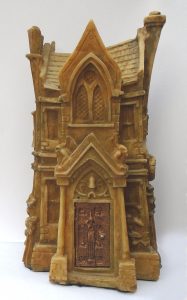
 And can I just say, that the HWA also hosts an academic conference on horror alongside its annual conference, known as the
And can I just say, that the HWA also hosts an academic conference on horror alongside its annual conference, known as the 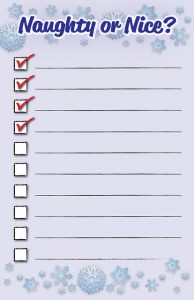 I’m sure everyone has a holiday horror story of some type. Sometimes, no matter how hard we try, something goes wrong in the holiday prep a story ensues that will be told at future get-togethers. “Remember that time the turkey caught fire and we had to order pizza for the holiday dinner?” Horror is not all that uncommon this time of year, for authors, either. Whether this time of year is dorkily loved (like yours truly) or utterly reviled, sometimes you just need a break from the saccharine holiday cheer. We’ve already mentioned on the blog how books can be a great retreat, (particularly when there’s a blanket fort involved) and can have restorative measures. Well, sometimes a little antidote for holiday cheer is precisely what the doctor ordered.
I’m sure everyone has a holiday horror story of some type. Sometimes, no matter how hard we try, something goes wrong in the holiday prep a story ensues that will be told at future get-togethers. “Remember that time the turkey caught fire and we had to order pizza for the holiday dinner?” Horror is not all that uncommon this time of year, for authors, either. Whether this time of year is dorkily loved (like yours truly) or utterly reviled, sometimes you just need a break from the saccharine holiday cheer. We’ve already mentioned on the blog how books can be a great retreat, (particularly when there’s a blanket fort involved) and can have restorative measures. Well, sometimes a little antidote for holiday cheer is precisely what the doctor ordered.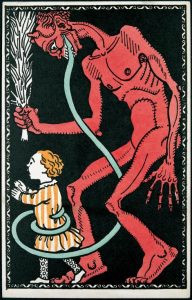
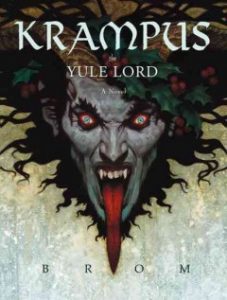
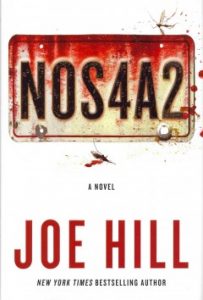
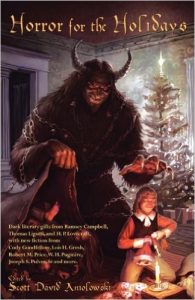
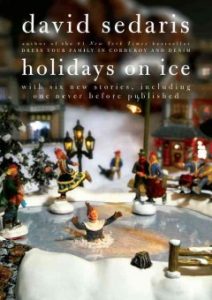
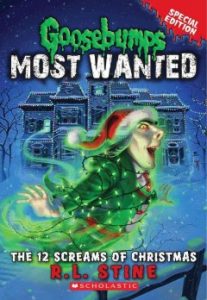
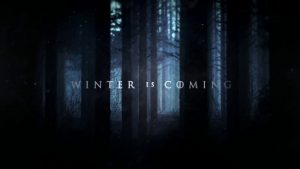
 Dark Matter
Dark Matter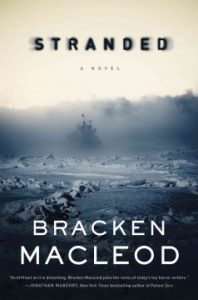
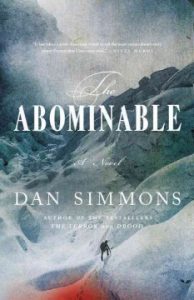 The Abominable
The Abominable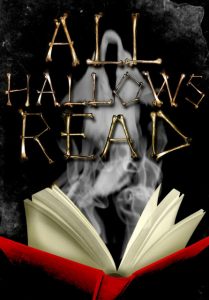 It’s getting close to the official
It’s getting close to the official 